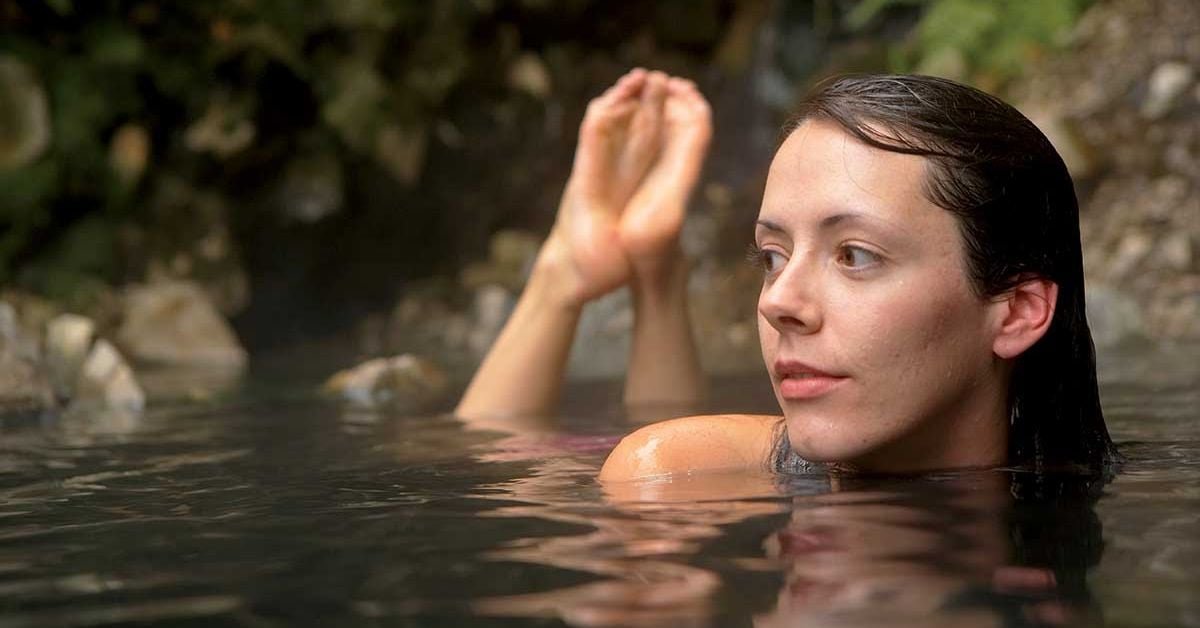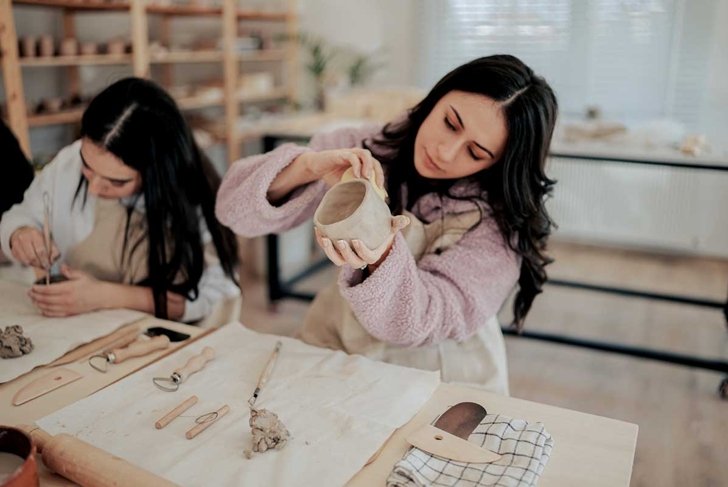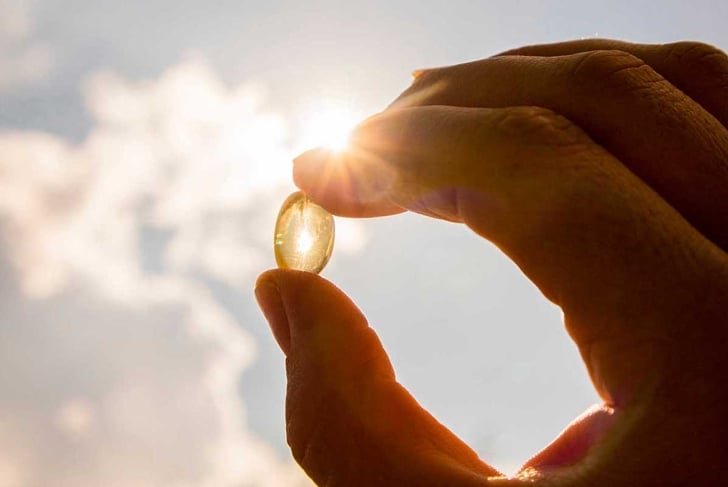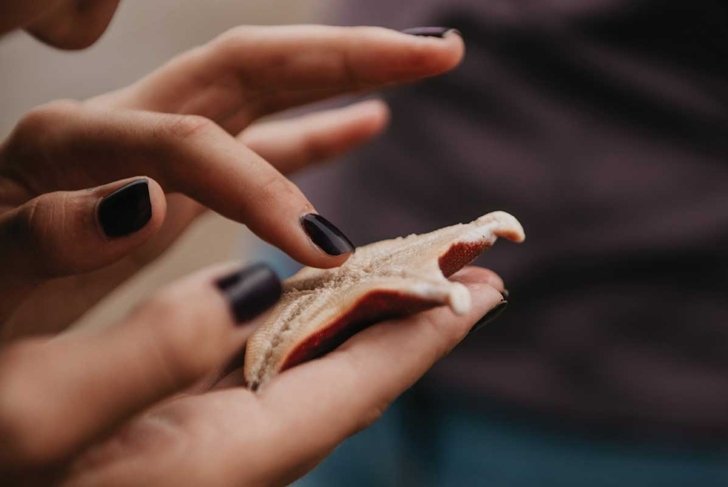If you’ve experienced muscle pain, menstrual discomfort, or acute injuries, you might have turned to hot or cold therapy. In essence, this approach utilizes temperature changes to promote relaxation and rejuvenation, in addition to various health advantages. Such therapies can range from sauna sessions to rejuvenating cold-water swims. Are you interested in the benefits of hot and cold therapy? Let’s explore further.
What is hot and cold therapy?
Thermotherapy, also known as thermal therapy, involves the application of heat, while cryotherapy pertains to the use of cold. You may already know these practices; for instance, using a heating pad for menstrual agony or applying a cold pack to an injury are common examples of these methods.
Hot and cold therapy methods have been utilized globally for centuries. The Ancient Greeks and Romans enjoyed thermal baths, believing these waters possessed healing qualities. Similarly, the long-standing Nordic tradition of using saunas is still prevalent today, where time spent in heated environments is seen as both cleansing and restorative.
Benefits of hot and cold therapy
Various types of hot and cold therapy offer unique health benefits. Generally, applying heat to warm the skin increases blood circulation by dilating blood vessels, potentially speeding up tissue recovery.
On the other hand, applying cold therapy lowers skin temperature and diminishes blood flow, which may help to alleviate inflammation. When applied correctly, both methods can effectively reduce pain.
What the research says
- Heat therapy may help lower blood pressure in specific situations.
- Regular sauna use has been linked to a decreased risk of heart and neurodegenerative illnesses.
- Heat application is believed to alleviate pain associated with arthritis (including both osteoarthrosis and rheumatoid arthritis), menstrual cramps, and lower back discomfort.
- Cold application tends to be most beneficial for acute injuries by decreasing nerve activity, pain, inflammation, and swelling.
- Cryosurgery can be performed in a physician’s office to remove warts rapidly and easily.
- Anecdotal evidence suggests that facial cooling techniques (like facial icing) may temporarily reduce the appearance of wrinkles, tighten skin, and minimize pores.
- It’s crucial to remember that hot and cold therapy also presents risks and isn’t suitable for everyone. Consult your healthcare provider before engaging in either method, and always adhere to product guidelines to prevent injuries.
Try it at home
A trip to a sauna or spa can offer a deeply restorative experience. Consider looking for local options or even planning a getaway focused on spa or sauna treatments. Furthermore, various health professionals utilize hot and cold therapies in their practices. Fortunately, you can practice some of these methods at home as well! Here are a few options to consider.
Using heat
Treatment Treatment area Benefits
warm compress apply to eyes treats styes; relieves dry eyes
facial massage/oil face gently massage face in an upward and outward motion; stimulates blood flow and relieves pressure
heating pad muscles; back; cramps apply warm pad to sore muscles, back, or cramps for pain relief
hot shower stiff joints; sleep soothes stiff joints; promotes relaxation and better sleep
sauna whole body consider hiring a professional to set up a home sauna
Using cold
Treatment Treatment area Benefits
cool compress eyes reduces the appearance of under-eye bags
facial massage/ice face specialized tools chilled in the fridge or freezer can be used for restorative massage
RICE technique injury rest and protect the injury; apply ice or cold pack to minimize swelling; compress with a bandage; elevate using pillows
cold shower whole body may help decrease fatigue; many people find cold showers invigorating; Note: start slowly with water that feels slightly uncomfortable for a couple of minutes, or switch to cold at the end of a regular shower.
Using both
Some individuals prefer alternating between hot and cold water immersion, known as contrast water therapy or thermocycling, through bathing or showering. Research indicates that this method can enhance relaxation and alleviate fatigue.
Polar Bear Swim, anyone?
Some people enjoy a brisk plunge in cold water every January 1, while others prefer to do so more frequently! Engaging in cold-water swimming may confer health benefits. A 2022 study that reviewed 104 investigations into cold-water swimming deduced that it might aid in reducing fat in men and improving insulin sensitivity; however, the researchers emphasized the necessity for further studies.
Want to improve your skin further?
Enhance your skincare routine with a serum. Serums can provide hydration, soothing properties, and antioxidants. Nowadays, innovative serums are available that contain CBD. While more research is needed, some studies imply that topical CBD may help reduce inflammation and relieve acne.
Saunas as “Intangible Cultural Heritage”
In Finland, there are about 3.3 million saunas for a population of roughly 5.5 million. The sauna tradition is so significant in Finland that UNESCO has included it in the “Representative List of the Intangible Cultural Heritage of Humanity.”
Take a cold shower—your boss might appreciate it!
A study from 2016 indicated that participants who regularly took cold showers had fewer sick days from work.





